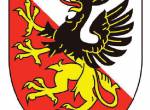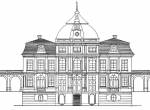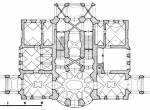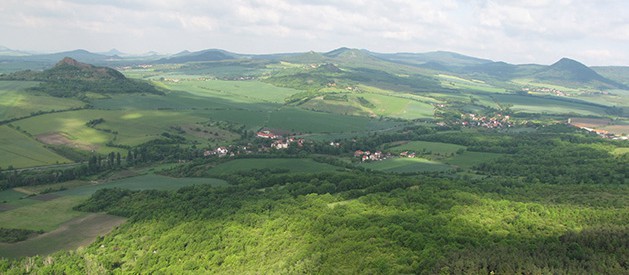
Golden Trail over the Land of Castles
The "Golden Trail over the Land of Castles" with a total length of 93 km from Budyně nad Ohří to Úštěk connects most of the important castle monuments in the area of the Central Bohemian Uplands.
The Central Bohemian Uplands are surely a region with a unique atmosphere of beautiful nature, high basalt mounds and - above all - the land of castle ruins that crown these magnificant peaks. And those wonderful views of the region… you will love them! You will not see anything similar in the Czech lands. Moreover, few people realize that the Central Bohemian Uplands is the place where the oldest Czech legends take place and that it is also the only region where the invincible Czech military leader Jan Žižka from Trocnov imprinted his strategic genius on his own castle - Kalich.
Stops
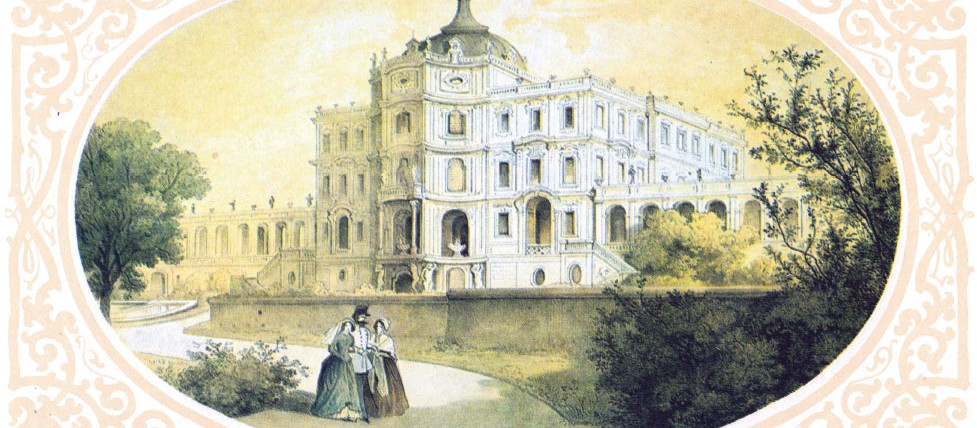
Ploskovice
The village of Ploskovice is located on the southern edge of the Třebušín basin, about 5.5 km northeast of Litoměřice. The first mention of Ploskovice is in the Czech transcription of the foundation charter of the Litoměřice chapter from 1057.
For a certain period of time, the village was owned by Hroznata, the later founder of the Teplá monastery, who gradually donated it to the Order of the Johannites between 1174 and 1188; they then built a monastery in Ploskovice, which remained there until the Hussite Wars. In 1436, King Sigismund registered the Ploskovice goods to Jakoubek of Vřesovice, who exchanged them with Rábor of Polen for the castle of Kyšperk in Teplice sometime before 1440. In the second half of the 15th century, Ploskovice was held in pledge by Adam of Drahonice, who announced new robberies; these resulted in an uprising in 1496, which ended with a successful attack of the subjects on the fortress and the subsequent takeover of the estate by Dalibor of Kozojed. As a punishment for this act, Ploskovice was occupied by the conscription of Litoměřice in 1497 and Dalibor of Kozojed was deported to Prague, where he was also executed in 1498. In the 16th century, the owners of Ploskovice changed frequently and in the following century the village was burnt down several times. A great moment in the history of the village was the building of a new castle by Princess Anna Maria Franziska of Tuscany in 1720 - 1725.
Castle
Between 1174 and 1188 Ploskovice was acquired by the Johanites, who built a monastery here. In 1421, when Jan Žižka took control of the surrounding area, the Johannites left Ploskovice. After the Hussite wars, the former commandery fell into secular hands and was probably used as a fortress. A major turning point in the history of the local manor occurred between 1720 and 1725, when Princess Anna Maria Franziska of Tuscany had a new Baroque chateau built in Ploskovice. Who was the architect of the extremely expensive building is not certain: some scholars are inclined to the Prague builder Václav Špaček, others consider the fundamental structural interventions designed by Kilian Ignaz Dientzenhofer or even Octavio Broggio. In 1805, the estate passed into the private ownership of the Tuscan branch of the Habsburgs and from 1849 the castle became the summer residence of the resigning Austrian Emperor Ferdinand I, after whose death the castle was taken over by Emperor Franz Joseph I. In 1918, after the declaration of the Czechoslovak state, the summer residence of the Ministry of Foreign Affairs was established here. The castle played an interesting, but somewhat dark role during the occupation - a school for young Nazis, the so-called Napola, was located here. Since 1952, the castle has been administered by the state. The question of the form and even the location of the medieval commandery-fortress has not yet been satisfactorily answered. The terrain configuration makes the present castle appear as a two-storey castle when viewed from the north and as a three-storey castle from the south. The southern ground floor is filled with artificial water caves, the so-called grottoes. Arcade galleries in the shape of seagulls' claws run out of the castle and are topped by the former administrative buildings. The castle is surrounded by a romantic park of 9 hectares.

